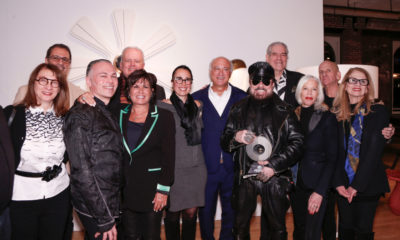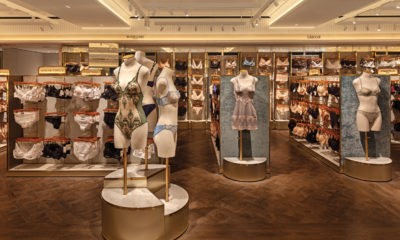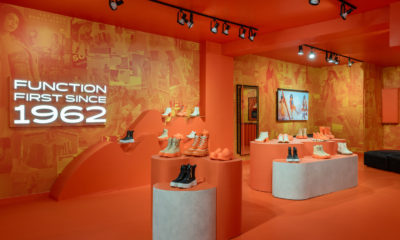LAST MONTH, FORBES published an opinion piece penned by Senior Contributor Warren Shoulberg bearing the headline, “Microsoft Closing its Stores for One Reason: They are Bad.” Mic drop!
Shoulberg’s words left no question that he was illing to go for the Achilles heel of our industry. We all feel the pain this year has brought. We all know what it takes to design these stores and get them out into the public domain.
Yet, I have to say that I don’t disagree with Shoulberg’s frank assessment that the store’s programming didn’t connect with the public. He’s right on many fronts, but I think what he missed was how much we all need a brand like Microsoft to succeed in our marketplace.
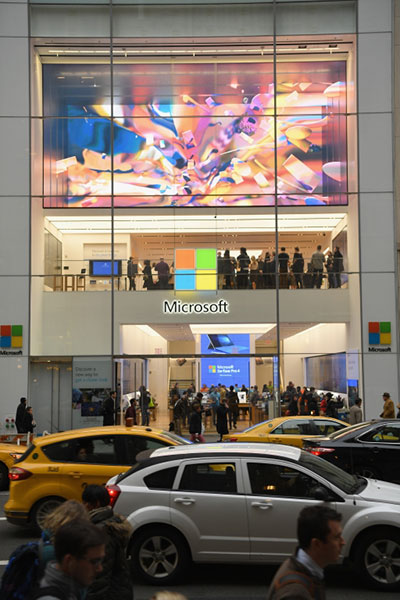 Microsoft, after all, has seen recent sales boosted by increased work and play from home, as has been widely reported. Revenues topped Wall Street’s forecast by more than $1 billion for the second quarter of 2020. True the company reportedly took a charge of $450 million for the closure of its Microsoft Store physical locations, but my point is we need a company like Microsoft to stay in the retail game … not exit it.
Microsoft, after all, has seen recent sales boosted by increased work and play from home, as has been widely reported. Revenues topped Wall Street’s forecast by more than $1 billion for the second quarter of 2020. True the company reportedly took a charge of $450 million for the closure of its Microsoft Store physical locations, but my point is we need a company like Microsoft to stay in the retail game … not exit it.
By odd chance, nearly six years ago I had the opportunity to submit a pro bono retail audit of two Microsoft locations. A colleague in Redmond, Wash., shared some of their struggles with the stores and the digital content journey, and we thought a professional insight and strategy audit report could spark ideas that would lead to a new approach in time for the New York flagship.
My audit covered store layout; visual merchandising; branded graphics; customer journey; lighting; tabletop displays; digital signage; customer engagement and future strategies. What follows are excerpts from my report, specifically from the future strategy section. I must stress that they reflect my own opinions and ideas – an analysis of the brand’s physical retail presence through the “Next Store” lens.
Future Strategy: Thinking ahead, we see the Microsoft Store evolving into a hub that represents the “future of digital lifestyle” – a powerful source of messaging and education for all things designed to make our lives more productive, engaging and rewarding.
Microsoft could “own” this experience, and we envision the utilization of its assets first (i.e. Skype) and then incorporation of technologies/best practices that are meaningful to the customer. Keep in mind that Microsoft acquired Skype in 2011 for $8.5 billion – but did you ever see any evidence of this in stores?
We envision experience centers that could be a game changer for Microsoft and elevate its retail format from a “nice store” to a true “digital hub” including the following elements:
Skype Center: Microsoft is an international brand and many of its locations are in convention centers that host international buyers. It makes perfect sense to offer up a Skype call center that would allow customers to book a Skype call. The center would tie to a global network to demonstrate Skype’s influence on the world of communications. Jump to present day: can you say Zoom?! Point made!
WiFi: The store would be a beacon of speed and branded experience. A “Speed of Microsoft” juice/tea lounge would power up entrepreneurs every morning from opening to lunchtime and again in the evening. This opens up collaboration with Teavana or Starbucks that leverages a natural connection between two more famous Seattle-area brands.
World of Microsoft: Corporate social responsibility and sustainability platforms displayed on a panel depict not only Microsoft’s efforts but those of non-profits engaged in promoting this agenda.
Business Incubator: Each month a mentoring program would bring a new local or regional business into a lab environment where entrepreneurs could access the store’s assets (experts, equipment) all under the watchful eye of the public, who could offer input/support while watching this local business plan a perfect kick off.
Digital Kitchen: A new experience in the Microsoft Store would relate to the coming digital revolution in homes and businesses. A section of the store would be built out in a home environment to demonstrate the benefits of Microsoft products.
Projection Mapping/Digital Experience: The store would be the first to bring new devices and equipment into the retail store arena.
I can’t help but imagine the outcome if Microsoft had implemented some of these ideas. This is what we call activating a store, and I think in hindsight it was the crux of the problem as compared to Samsung, AT&T and, of course, Apple.
The possibilities were endless and, quite frankly, Redmond – it’s still not too late!
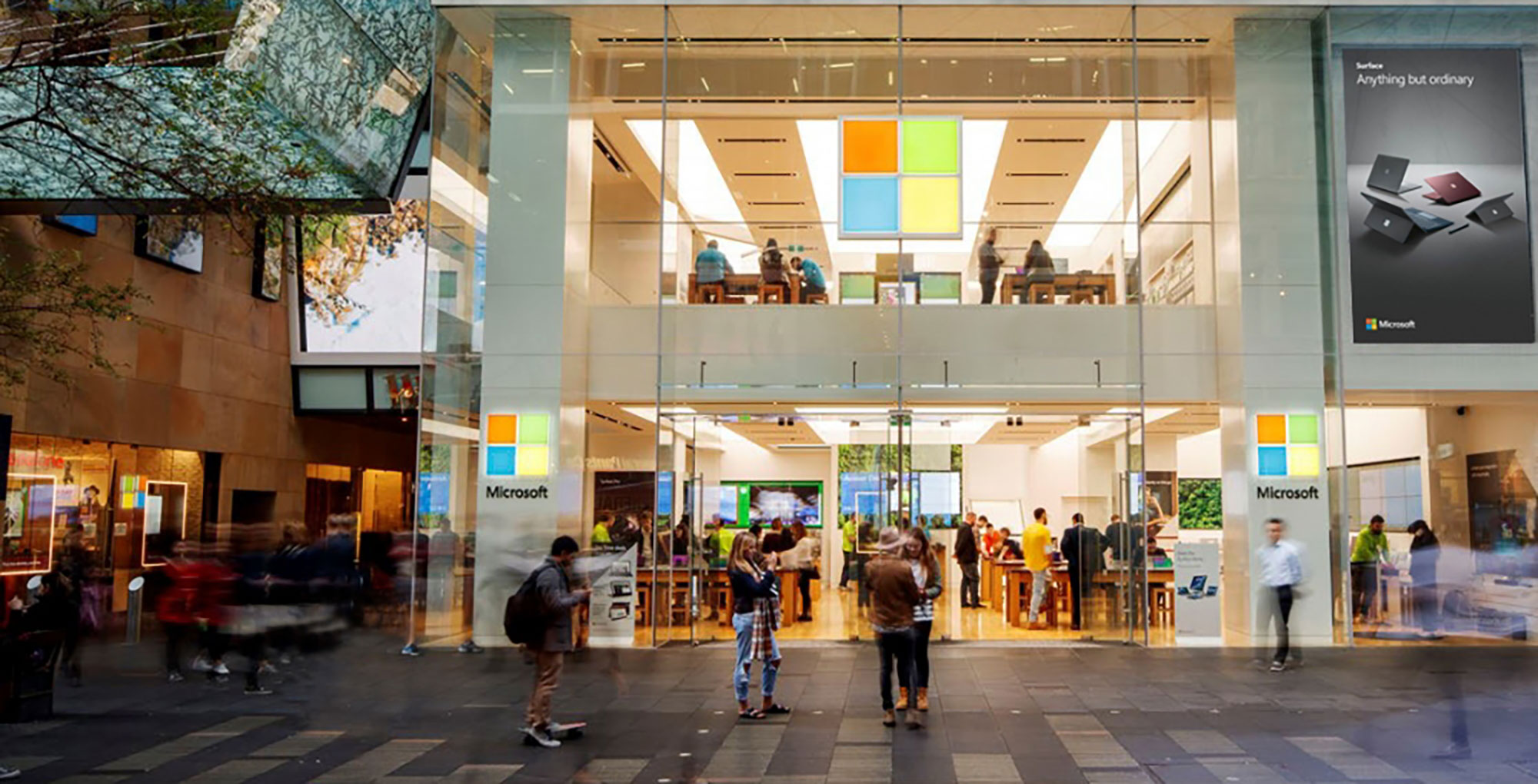

 Photo Gallery1 week ago
Photo Gallery1 week ago
 Headlines1 week ago
Headlines1 week ago
 Headlines1 week ago
Headlines1 week ago
 Headlines2 days ago
Headlines2 days ago
 Headlines2 weeks ago
Headlines2 weeks ago
 Headlines1 week ago
Headlines1 week ago
 Designer Dozen2 weeks ago
Designer Dozen2 weeks ago
 Designer Dozen6 days ago
Designer Dozen6 days ago
 Microsoft, after all, has seen recent sales boosted by increased work and play from home, as has been widely reported. Revenues topped Wall Street’s forecast by more than $1 billion for the second quarter of 2020. True the company reportedly took a charge of $450 million for the closure of its Microsoft Store physical locations, but my point is we need a company like Microsoft to stay in the retail game … not exit it.
Microsoft, after all, has seen recent sales boosted by increased work and play from home, as has been widely reported. Revenues topped Wall Street’s forecast by more than $1 billion for the second quarter of 2020. True the company reportedly took a charge of $450 million for the closure of its Microsoft Store physical locations, but my point is we need a company like Microsoft to stay in the retail game … not exit it.
